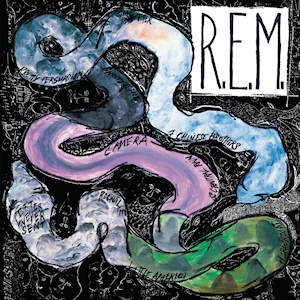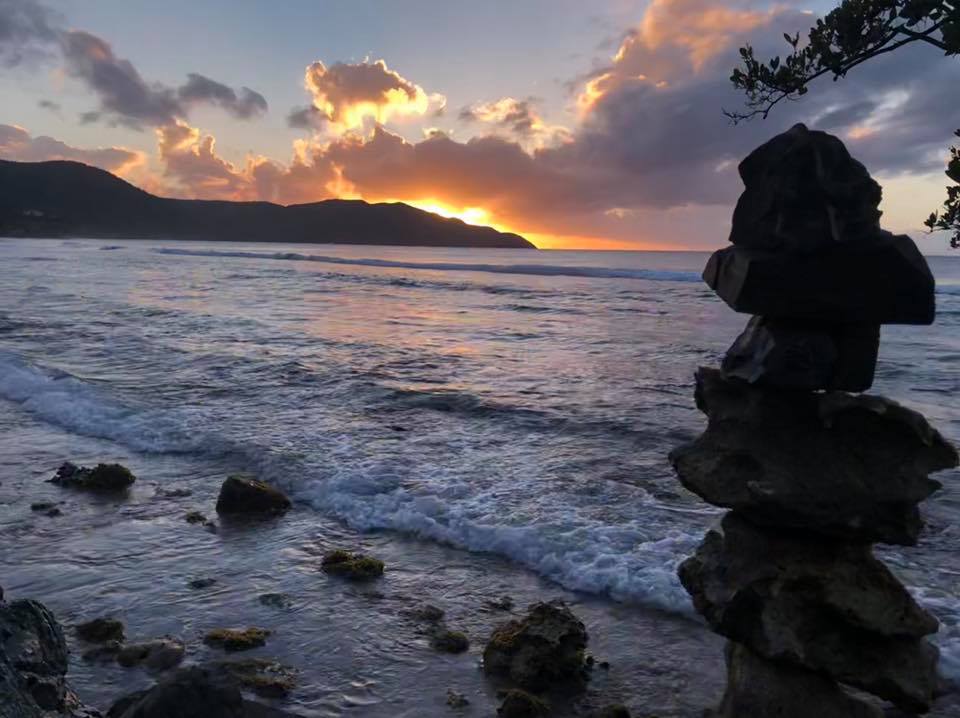‘Reckoning’ and rivers of suggestion
In one of those unfortunate reminders that I’ve circled the sun a whole lot now, I saw an article this week noting it was the 35th anniversary of the release of R.E.M.’s “Reckoning.” It’s my favorite album by a band I was obsessed with for the back half of the 1980s into the early 1990s, and I’d place this album on my personal Top 5 list any day.

I already was an R.E.M. fan when the album hit in 1984. Like so many other early adopters, I heard “Radio Free Europe” and that was all it took. That was unusual for me — I was a Top 40 guy at the time — but I thought these guys would be all over the singles charts soon enough.
It turned out that it took a few more years for that to happen, and “Reckoning” didn’t contain the cut that did it. What it did have was the strength of a band of undeniable talent that obviously had been honed by playing hundreds of crap gigs, and your ears told you that they were transitioning toward a much bigger future. But at the time, before the corporate music weasels eventually had their say, the band could still get away with rougher-edged songs, more obtuse lyrics, and putting Michael Stipe’s vocals so far down in the mix that they were felt as much as they were heard.
From a nostalgia standpoint, this album pulls up warm memories of a fantastic point in my life. I had moved to Little Rock and fallen in with a bunch of journalists, writers, musicians and artists (not to mention the occasional journalist-writer-musician-artist) that had their own scene in the mid-1980s. I hooked up with my first band, which had sort of a cowpony thing going on, and my musical tastes changed — all in the year or so around the time of the release of this album.
R.E.M. was a big part of my changing musical tastes. I mean, how could you listen to the hair metal and disposable dance stuff that was clogging up the Top 40 when you could hear this? They also helped drag me toward Los Lobos, and Jason and the Scorchers, and the Beat Farmers, and the Blasters, and Lone Justice — all bands who were rootsier and less art-school-y than R.E.M., but they all were in my musical sweet spot.
I wore out “Reckoning.” I have specific memories of flipping over the record countless times in my crap apartment of 35 years ago. And a couple of years after the album came out, I finally say the band play at Robinson Auditorium in Little Rock, with Fetchin Bones opening up. It was one of the greatest live shows of my life.
I don’t have a turntable any more, although the vinyl version of this still sits in a crate in my backyard shed. This time around, I’m listening to the album through wireless earplugs synced to my smartphone. That would have been an unimaginable experience for 1980s Randy, but I’d put this slice of my past up against most of the overproduced and underperformed albums I hear today, and it’d win every time. After time. After time.
Here’s a piece from The Ringer that will tell you more than you want to know about “Reckoning.” Enjoy.

